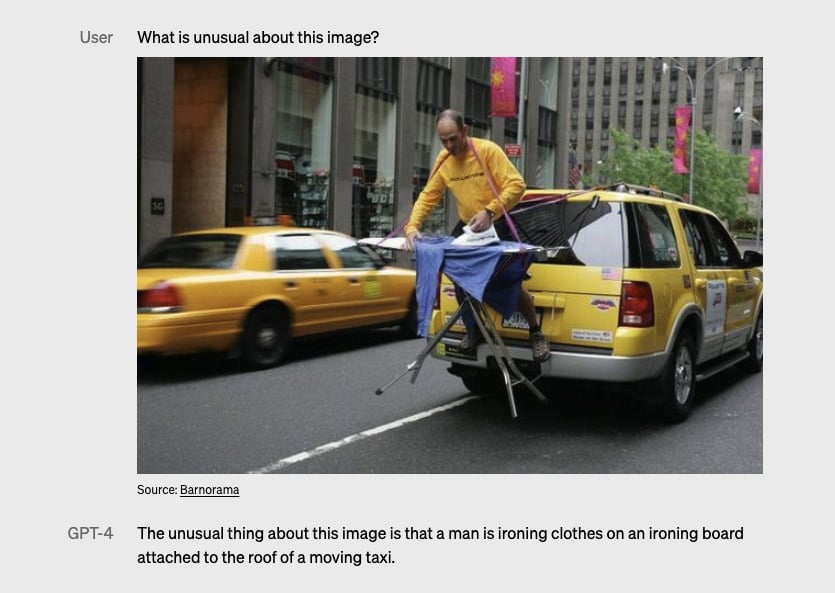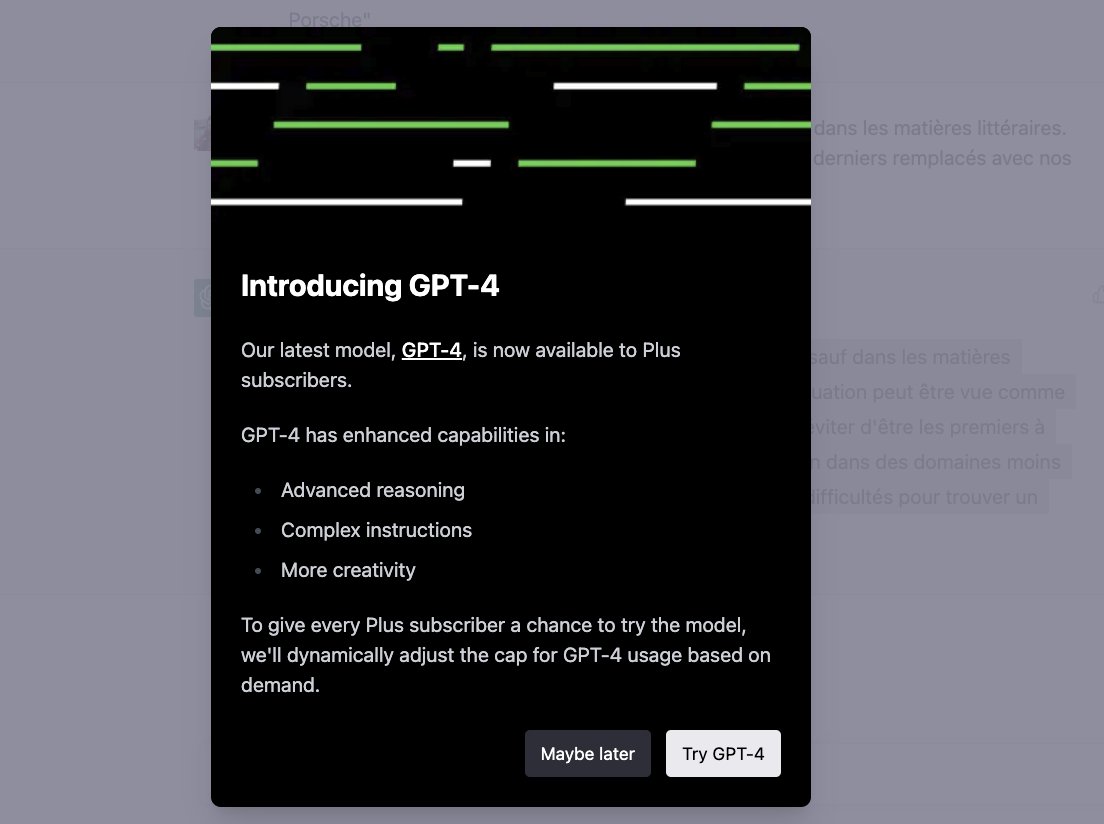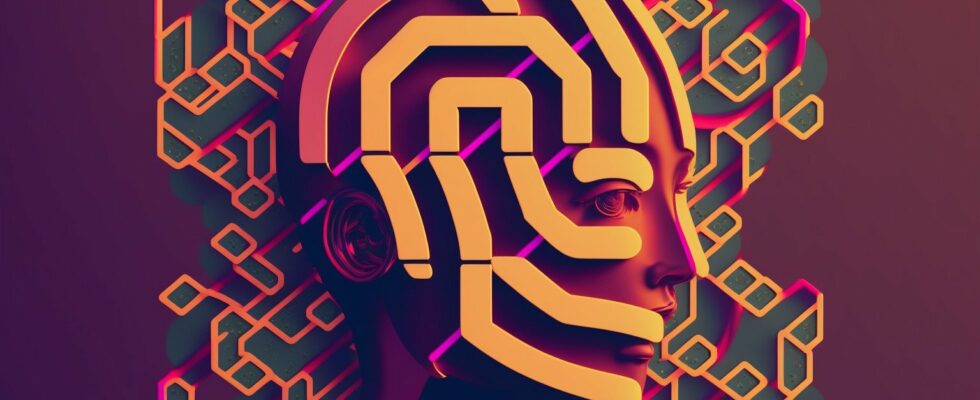It was highly anticipated: after having captivated the whole world for four months, OpenAI unveils a new version of its technology. The new artificial intelligence language model, GPT-4, is presented as an expert in a wide range of subjects and can provide precise advice, as well as describe images and tell almost funny jokes.
ChatGPT has racked up over 100 million users, beating the time it took TikTok to reach the same milestone by seven months. It’s huge, it only took four months. The tech industry reacted quickly, with Microsoft reportedly investing over $10 billion in OpenAI, to power its own Bing chatbot with GPT. Recall that ChatGPT is based on GPT-3.5, while Bing uses an even newer model (which happens to be GPT-4). Google, for its part, hastened to catch up with several announcements.
OpenAI, the creator of ChatGPT, arouses great curiosity by presenting its new artificial intelligence system, GPT-4. The latter is able to work with images and according to the American company, it is “more creative and collaborative than everand can solve complex problems with greater accuracy due to their broader knowledge and improved problem-solving abilities.
OpenAI announced that it has already partnered with several companies, including Duolingo, Stripe, and Khan Academy, to integrate GPT-4 into their products. Additionally, the new template will be available on ChatGPT Plus and as an API.
The difference between GPT-4 and its predecessor, although noticeable, is not as revolutionary as expected
While you might not notice any differences immediately when using ChatGPT, according to OpenAI, the difference between GPT-4 and its GPT-3.5 predecessor is “subtle” in casual conversation. However, these differences would become more evident during more complex tasks.
It should be pointed out that some rumors circulating about the power of GPT-4 and its capabilities have been denied by OpenAI. Indeed, the company clarified that false data has been released and that the difference between GPT-4 and its predecessor, while noticeable, is not as groundbreaking as some sources have suggested.
More precision, fewer errors
GPT-4 would have taken a significant step in terms of the accuracy of its answers, thus avoiding the glaring and illogical errors that can be encountered on ChatGPT today. So it seems that the new Chatbot model is able to provide more accurate and reliable answers than its predecessor.

GPT-4 would have proven its excellence on American examinations, except in literary subjects where its performance is more modest.
A multimodal ability to work with images
GPT-4 also has a new multimodal capability, allowing it to respond to images as well as text. In its paper, OpenAI presents demonstrations in which the system was able to finely describe images by producing a detailed description that can span several paragraphs.

OpenAI has announced that it has identified and fixed several bugs as well as strengthened the theoretical foundations of its artificial intelligence model for GPT-4. However, the company admits that this new model has limitations comparable to those of its GPT predecessors, in that it is not entirely reliable and can make errors in reasoning. Although these errors are reduced, they still exist.
GPT-4 may also lack knowledge about events that happened after September 2021 and not learn from their experience. Also, he may occasionally make simple errors of reasoning that seem inconsistent with his competence in many areas, or be overly gullible in accepting ostensibly false statements from a user. Sometimes, he can otherwise fail on difficult problems in the same way as humans.
Finally, GPT-4 is able to use humor in its responses, which will help make conversations more pleasant and natural for users. However, as with any type of humor, this can sometimes be misinterpreted or misunderstood by users, and OpenAI therefore recommends caution in using this kind of feature.
Drop-in availability
A waiting list is already available, at this address, it will allow you to have access to the GPT-4 API. While ChatGPT will be updated with this new model, it is confirmed.
However, only ChatGPT Plus users ($20 per month) have access to GPT-4 on chat.openai.com, but with a usage limit. ChatGPT only responds to 100 queries every four hours when you enable GPT-4.

OpenAI will adjust the usage cap based on demand and system performance. OpenAI announced that depending on demand, a new subscription level could be introduced, obviously more expensive. For its part, Microsoft confirmed that the new Bing was already based on GPT-4.
Our colleagues from Numerama are launching Watt Else, their newsletter dedicated to the mobility of the future. Sign up here to make sure you receive the next issue!
